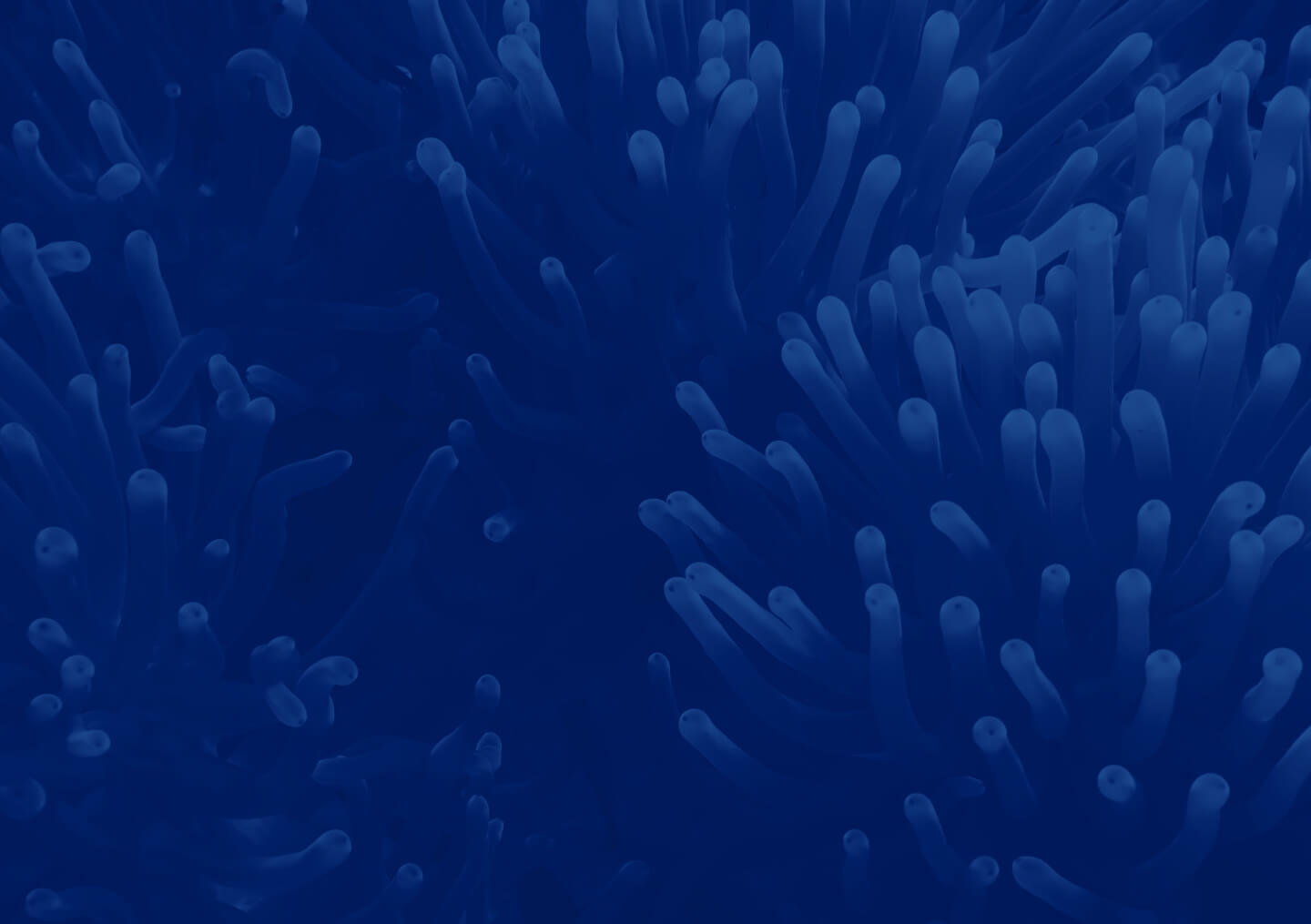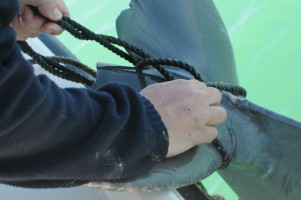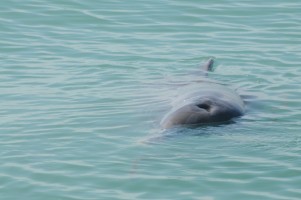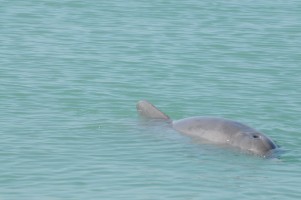A 10-year-old, long-term Sarasota Bay resident male bottlenose dolphin is now swimming freely after rescuers saved him from a life threatening entanglement in a crab trap line. The rescue took place Tuesday morning, March 1, and it highlights why the public should alert trained responders immediately upon noticing marine animals in distress.
Capt. Dove Barratt of Sail Venice first spotted the entangled dolphin just north of Venice Inlet, about a half of a mile offshore right before 6 p.m. on Tuesday, Feb. 29.
“The good news is that Mote and the Sarasota Dolphin Research Program did a great job responding to this animal in distress and rescued it,” Barratt said. “It was terrible and sad to see an animal caught in a crab trap line like that, just helpless. We’re thankful for what this organization does.”
Barratt gave Mote coordinates to where the dolphin was spotted. However, nightfall precluded a safe rescue effort. The next morning, a rescue team from the Sarasota Dolphin Research Program (SDRP), a program of the Chicago Zoological Society (CZS) in partnership with Mote, led by staff member Aaron Barleycorn, successfully located and disentangled the dolphin. Once the gear was removed, the dolphin slowly swam away.
The rescue team was able to remove the line wrapped around the dolphin’s tail before it caused serious injury to the dolphin. Dolphins entangled in crab trap lines, monofilament line and other gear can suffer serious injuries and are often killed if gear is not removed. In some cases, a dolphin entangled in a crab trap or other gear on the bottom can become anchored and can drown as the tide comes in, or sharks can attack them while they are immobilized.
This rescue came six years to the day after the 9-month-old younger sister of this dolphin was rescued to remove an entangling strap that was becoming embedded in the skin behind her head. “Entanglements of dolphins in all kinds of gear are becoming all too frequent throughout much of the southeastern United States, including the central west coast of Florida,” said Gretchen Lovewell, Manager of Mote’s Stranding Investigations Program.
The boating public, including marine business operators, can help by removing trash from the waters, and they can be the first line of notification when these unfortunate incidents occur.
“The sooner these cases are reported to the proper, appropriately trained organizations, the better the chances for the animal to survive. For the central west coast of Florida, Mote is the first responder,” Lovewell said.
If you see a stranded, entangled, injured or dead dolphin, whale, manatee or sea turtle anywhere in Florida, please call the FWC Wildlife Alert hotline at 888-404-FWCC (3922).
For marine mammals and sea turtles in Sarasota or Manatee county waters, you can contact Mote’s Stranding Investigations Program, a 24-hour response service, at 888-345-2335.





